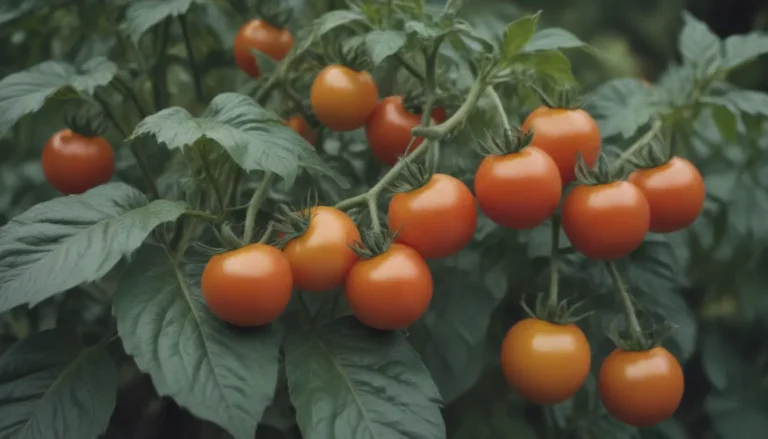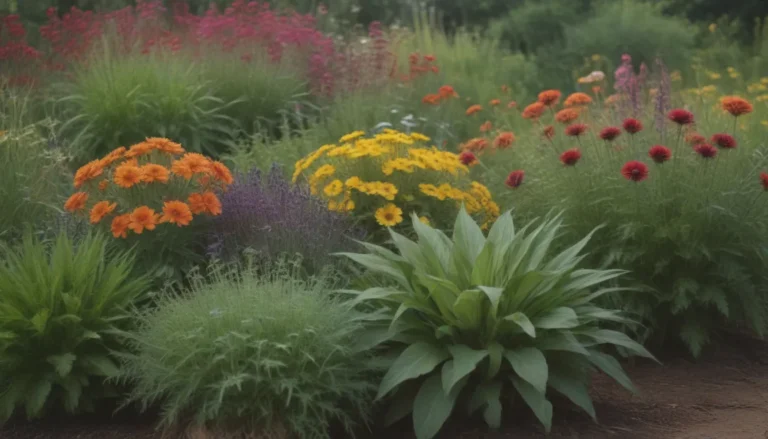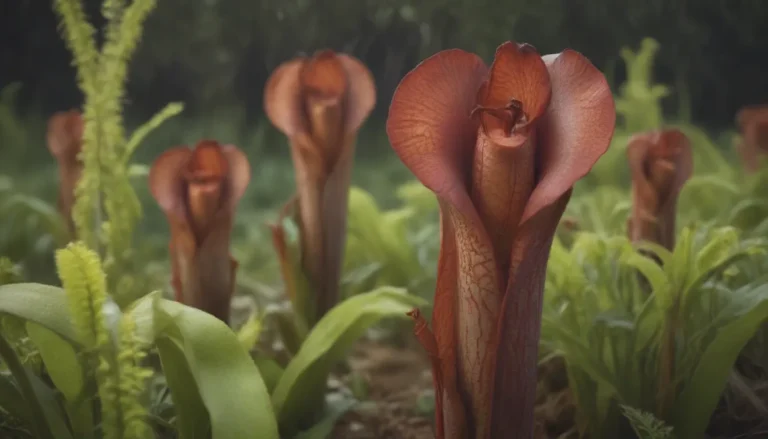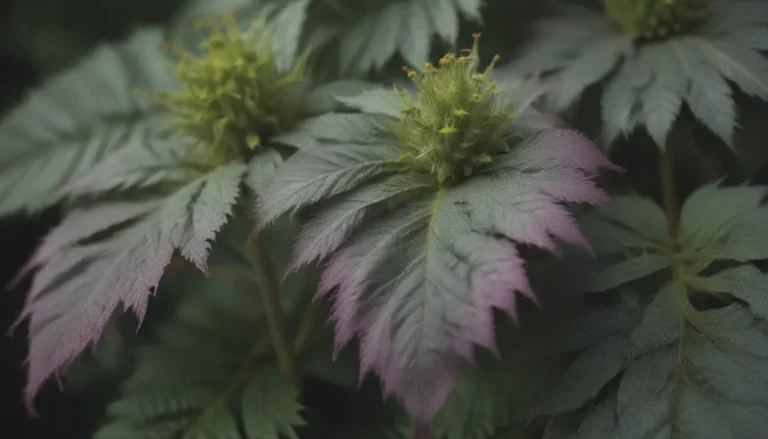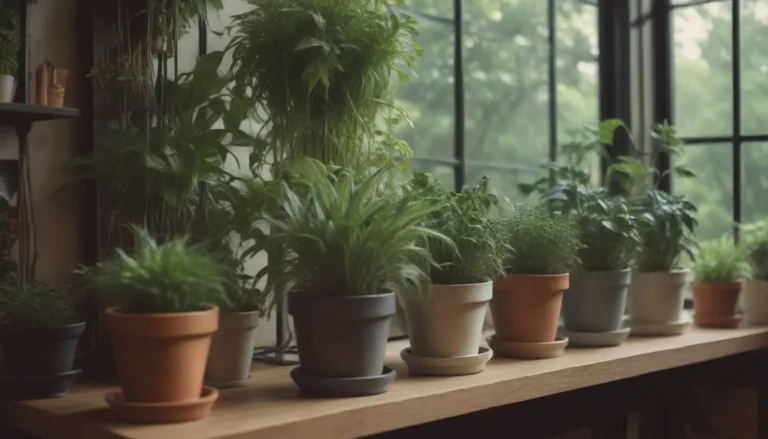Comprehensive Guide to Growing and Caring for Katsura Trees
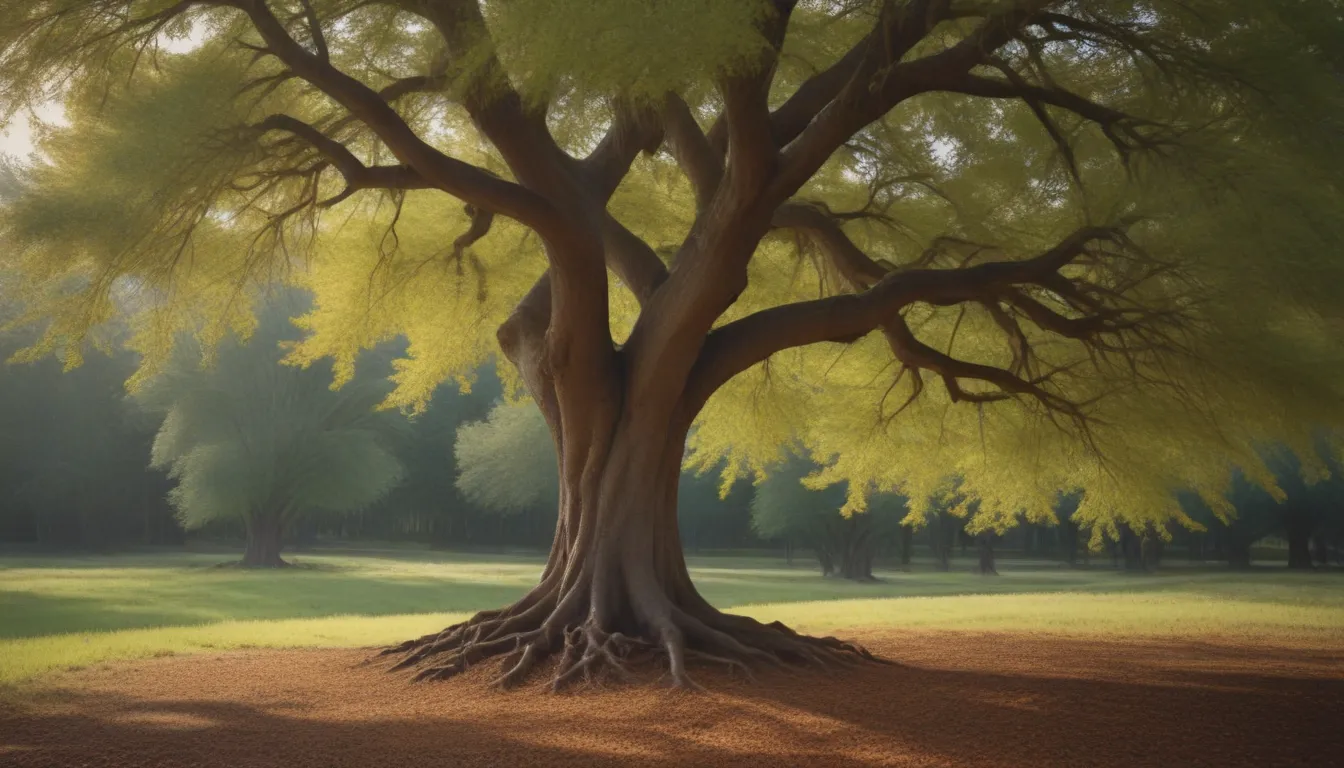
Are you looking to add a touch of elegance and beauty to your garden or landscape? Look no further than the Katsura tree. This deciduous tree is a stunning addition to any property, with its moderate to fast growth rate and unique features that make it stand out among other tree species. In this comprehensive guide, we will walk you through everything you need to know about growing and caring for Katsura trees, from planting to maintenance tips.
The Magnificent Katsura Tree
The Katsura tree, scientifically known as Cercidiphyllum japonicum, is a versatile tree that can reach heights of up to 50 feet at maturity. However, there are also dwarf-sized varieties available for homeowners with smaller properties, which grow to about 15 feet in height. Originating from a town in Japan, the Katsura tree is known for its eye-catching display of leaves that transition from rich green to yellow to shades of purple in the fall. Its distinctive heart-shaped leaves line up opposite each other along the branches, creating a visually stunning appearance.
One interesting fact about the Katsura tree is that it is a dioecious plant, meaning it produces separate male and female flowers on different trees. While the flowers may be inconspicuous, the presence of red flowers indicates a male tree, while green flowers signify a female tree. The Katsura tree thrives best when planted in late winter or early spring, and it is often referred to as the “caramel tree” due to its sweet, caramelized sugar or cotton candy fragrance in the fall.
Katsura Tree Care Tips
Taking care of your Katsura tree is essential to ensure its health and longevity. Here are some key care requirements to keep in mind:
Light
- Katsura trees can be grown in partial shade, making them ideal understory trees.
- For optimal fall foliage color, plant trees in full sun in northern regions.
Soil
- Katsura trees prefer enriched, well-drained soil with a neutral to slightly acidic pH.
- They can also tolerate clay, acidic, and salty soil conditions.
Water
- Water your Katsura tree regularly, providing about 1 inch of water per week.
- Increase watering frequency in dry areas to keep the soil moist but not waterlogged.
Temperature and Humidity
- Suitable for zones 4 to 8, Katsura trees can tolerate a wide range of temperatures.
- Avoid overhead watering in damp climates to prevent leaf mildew.
Fertilizer
- Use a higher nitrogen mix fertilizer for newly planted saplings.
- Switch to a balanced, general-purpose fertilizer as the tree matures and fertilize once a year in late fall or early spring.
Types of Katsura Trees
When it comes to Katsura trees, there are different types and varieties to choose from, each with its unique characteristics. Some popular types include:
- Standard Katsura (Cercidiphyllum japonicum)
- Dwarf Katsura (Cercidiphyllum japonicum ‘Pendulum’)
Each type offers its own set of benefits and features, so be sure to choose the one that best suits your landscape and preferences.
Pruning and Propagating Katsura Trees
Pruning is essential for maintaining the health and shape of your Katsura tree. Here are some pruning and propagating tips to keep in mind:
Pruning
- Prune young Katsura trees in late fall or early spring to shape their growth.
- Remove crossing or crowded branches to allow for healthy growth.
Propagating
- Propagate Katsura trees from seeds, stem cuttings, or suckers.
- Use stem cuttings during late spring for optimal success in propagation.
How to Grow Katsura Trees From Seed
Growing Katsura trees from seeds is a rewarding and straightforward process. Here’s a step-by-step guide to help you get started:
- Collect fresh Katsura tree seeds.
- Prepare a suitable growing medium, such as a mix of peat moss and perlite.
- Plant the seeds at a depth of 1 inch and water thoroughly.
- Place the planting container in a warm, sunny location and keep the soil moist.
- Once the seeds germinate, transplant the seedlings into individual pots or a larger container.
Overwintering and Common Pests
Protecting your Katsura tree during the winter months is crucial for its survival. Use a commercial-grade tree wrap to shield young trees from harsh winter conditions. Additionally, keep an eye out for powdery mildew in humid climates and adjust your watering practices accordingly to prevent mold growth.
Common Problems and Solutions
While Katsura trees are relatively hardy plants, they may still encounter certain issues. Here are some common problems and solutions to help you maintain a healthy tree:
Browning Leaf Edges, Yellowing Leaves
- Monitor your tree’s exposure to sunlight and wind to prevent leaf scorch.
- Provide adequate water and mulch to maintain soil moisture levels.
Split Tree Bark
- Trim off dead bark and avoid over-fertilizing to prevent bark splitting.
- Apply organic mulch periodically to protect the tree’s bark.
Sudden Tree Wilt
- Reduce watering if you notice sudden wilting in your tree.
- Allow time for the tree to recover and monitor its progress over the growing season.
Conclusion
In conclusion, growing and caring for a Katsura tree can be a rewarding experience for any gardener or homeowner. By following the tips and guidelines outlined in this comprehensive guide, you can ensure that your Katsura tree thrives and continues to beautify your landscape for years to come. Whether you are a seasoned gardener or a beginner, the Katsura tree is a versatile and resilient plant that is sure to bring joy and beauty to your outdoor space. Happy gardening!
